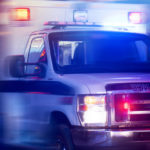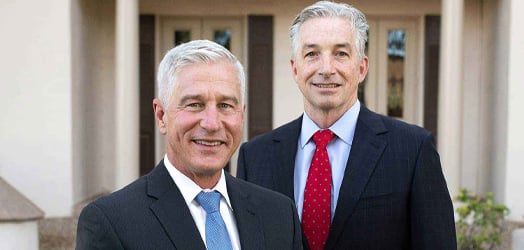
Tesla is the fastest growing car brand worldwide. Since the inception of the company, Tesla has marketed itself to be one of the safest vehicles on the road. In the past few years however, Teslas have been crashing into emergency vehicles while drivers are utilizing the vehicle’s autopilot feature.
According to the National Highway Traffic Safety Administration, since 2018, there have been nearly one dozen collisions between Teslas and emergency vehicles while the Tesla was in autopilot. Tesla’s autopilot feature allows the vehicle to completely drive itself, with minimal driver interaction.
How Does Self-Driving on Tesla Vehicles Work?
There are two options for Tesla vehicles. The first is autopilot mode. According to Tesla, the autopilot feature is “an advanced driver assistance system that enhances safety and convenience behind the wheel. Autopilot reduces the overall workload for the driver.” The autopilot feature comes with 8 cameras that are placed on the external part of the vehicle. The vehicle also comes with sensors that help guide the driver. These features maneuver the vehicle itself, allowing the car to steer itself as well as accelerate and brake on its own.
The second option available is full self-driving. This feature is more advanced and costs more than autopilot. Individuals who purchase Teslas can buy this as an add-on. Tesla vehicles that are equipped with full self-driving can steer, brake, and make lane changes on their own.
Both autopilot and full-self driving do not make the vehicle fully autonomous. Both features still require the driver to keep his/her hands on the steering wheel and pay attention to the road.
What Is LiDAR and Why Doesn’t Tesla Use It?
Most self-driving vehicles utilize sensors such as LiDAR, radar, and cameras. LiDAR is a device that creates 3D maps of the vehicles’ surroundings. LiDAR maps every single area, lane, and location that a vehicle could be traveling to. Teslas do not currently utilize LiDAR because Tesla states it is “too costly.” Although LiDAR may be more complex or yield higher manufacturing costs, its “mapping” technology may make self-driving vehicles safer and prevent the collisions that are occurring between Teslas and emergency vehicles.
If a Tesla Crashes in an Autonomous Mode Who Is Responsible?
Car crashes involving Teslas in autonomous mode have become more and more prevalent. But who is liable for these crashes?
Just because a Tesla is in autonomous mode does not rid the driver of responsibility or liability if something goes wrong. If a Tesla crashes into another vehicle, and the driver claims that it was due to product malfunction, the driver can possibly file a lawsuit against Tesla. However, due to how new these cases and these vehicles are, it is unpredictable whether or not one would be absolved of liability. Tesla is currently at a level two or below of automation. This means that the driver is liable if the car crashes, not the company.
In the state of Arizona, emergency vehicles have a great level of immunity. They are government-owned vehicles and abide by different traffic laws than civilians do. If a driver is found violating a law pertaining to emergency vehicles, they can be subject to fines and other penalties, regardless of whether or not the Tesla vehicle itself malfunctioned. This calls into question whether Tesla vehicles are fit to be safely driven on the road in these modes, potentially putting our public servants at risk for their health and safety.
Help When You Need It
If you or someone you know has been in a car crash involving a Tesla, an Arizona lawyer may be able to help.


